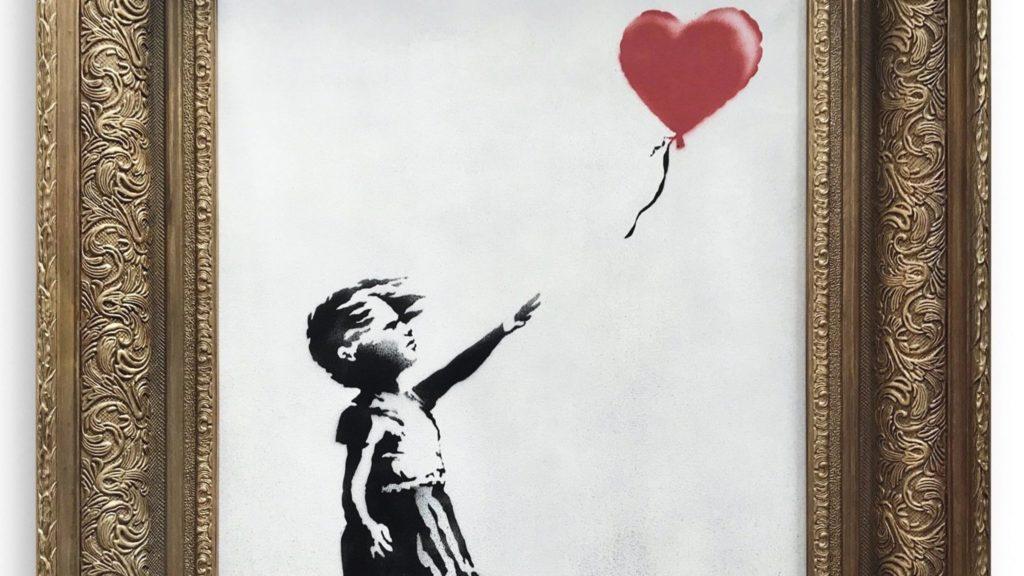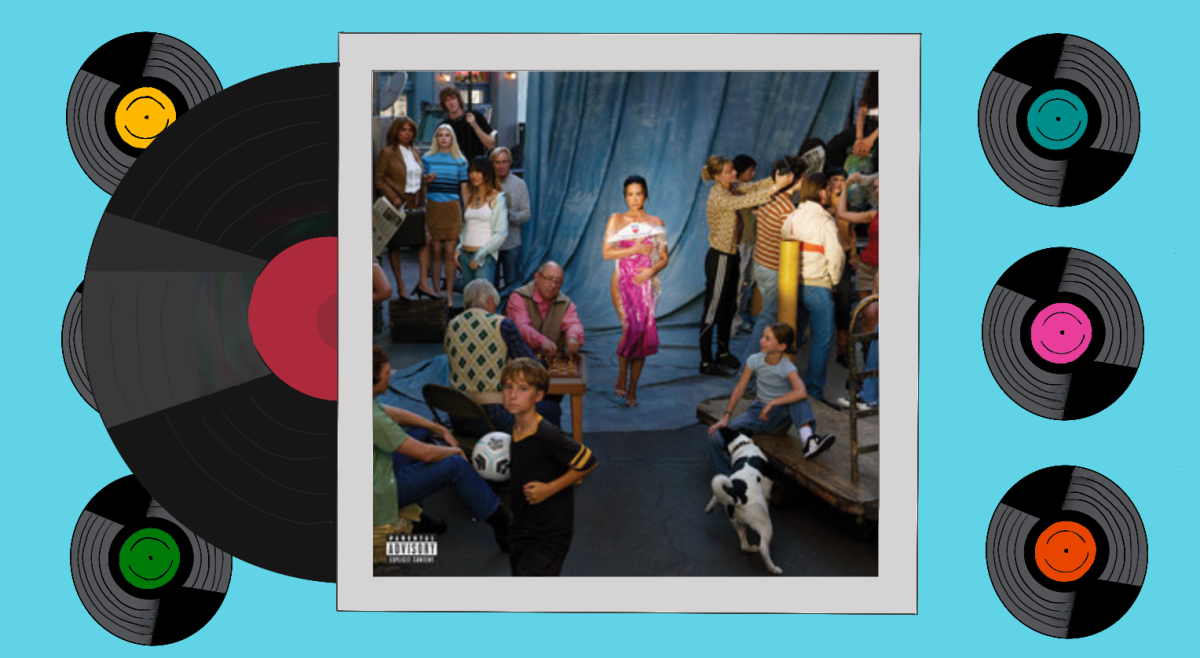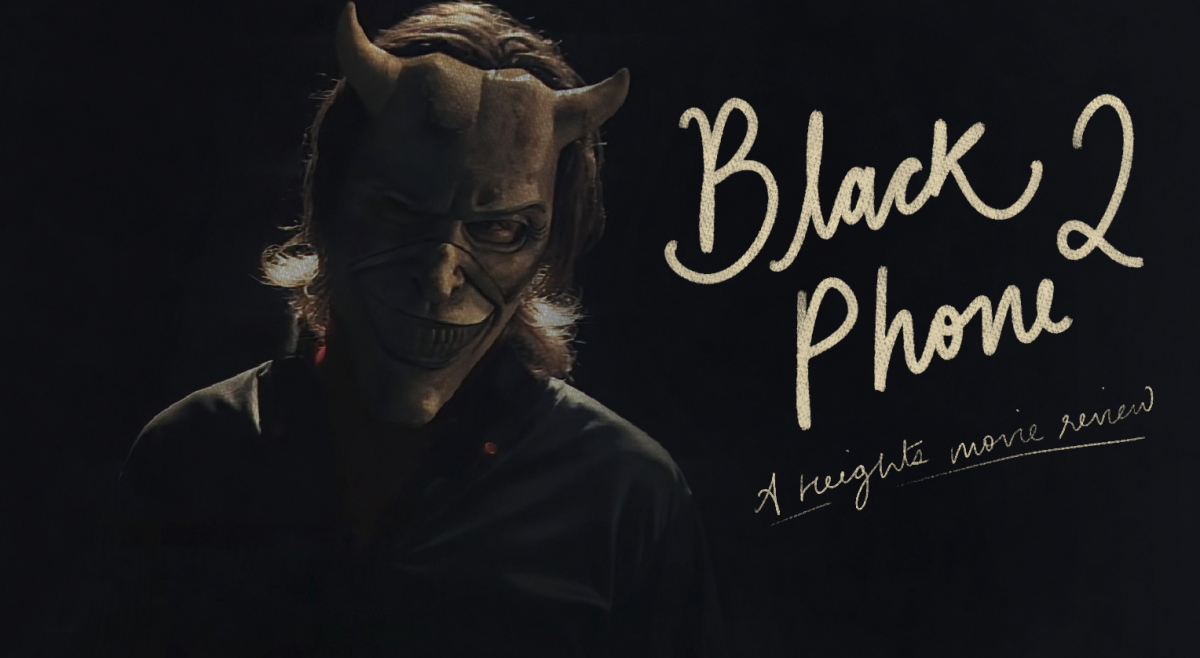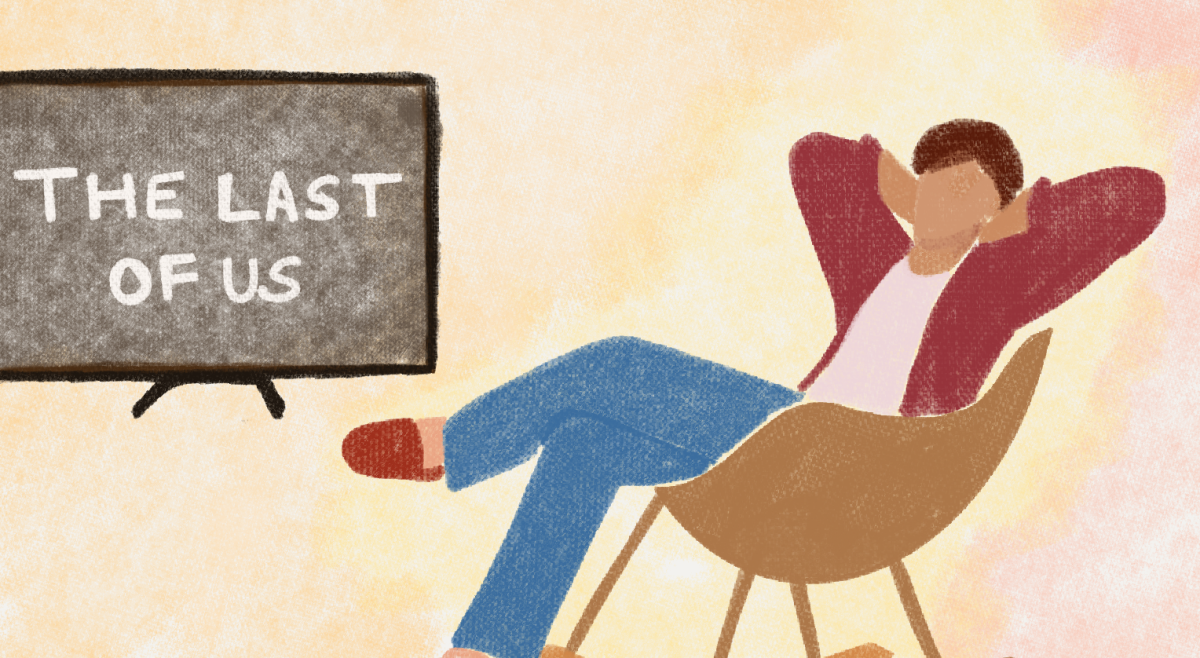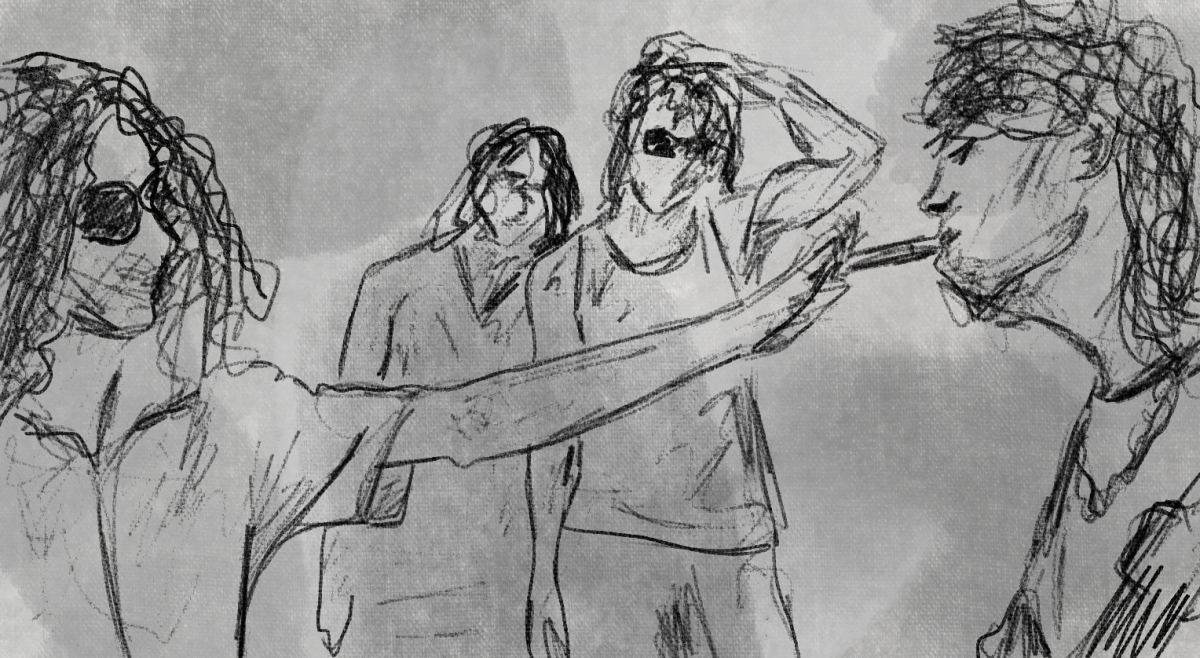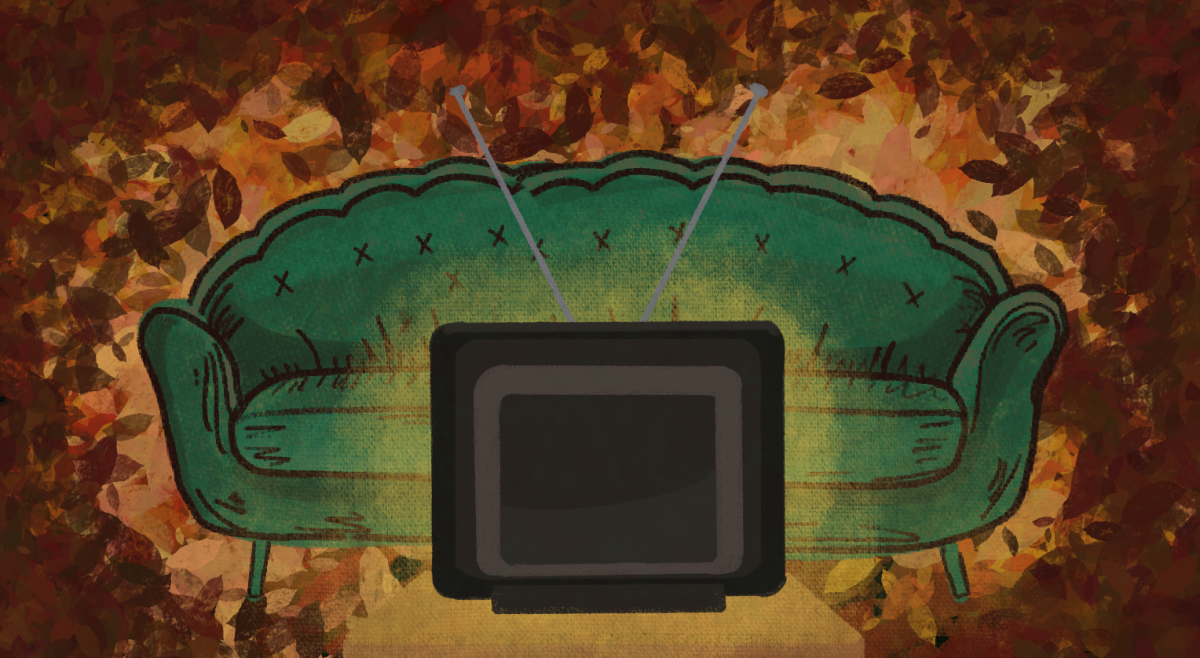When I find myself without any urgent responsibilities, a trip to the Museum of Fine Arts in Boston is my default activity. I wait in line sometimes, other times I am the only one waiting for admission. I watch as others pay a fee of $25 and I present my BC ID and get in for free.
While my friends roamed the unfamiliar streets of Paris, France and the all too familiar streets of [insert town name], New Jersey during Fall Break, I found myself falling back into this old routine. I waited in line, I gave them my ID, and I proceeded on my predesignated path toward the Art of Europe wing where I can find my favorite Delacroix painting and Dionysus bust.
This time around, the red hues of “Lion Hunt” seemed more dull than dangerous and I didn’t feel the warmth of a glass of cabernet sauvignon when I stood face-to-face with the stoney Greek God of Wine. Between green line T stops during my trek to the museum, I scrolled through articles about British street artist Banksy and his Sotheby’s stunt—upon the auction of Banksy’s famous “Girl With Red Balloon” spray paint masterpiece for $1.4 million, the item self-destructed and shredded itself in a room full of baffled art collectors and museum curators.
https://www.instagram.com/p/Bokt2sEhlsu/?utm_source=ig_web_button_share_sheet
At first, you almost feel bad for the schmuck who bought it—watching $1.4 million get shredded is enough to send your stomach lurching. (Although some speculate that the widespread publicity of the stunt could ratchet the price up even further.) When you consider the context of Banksy’s storied career, each shred of canvas becomes a small piece of poetic justice. The idea of a wealthy group of haute couture-clad caricatures snacking on caviar while standing around the frame in a penthouse—a world far removed from the artwork’s home—is even more sickening.
Banksy is internationally recognized for his street art, and it’s no mistake that his art appears on grungy street corners rather than pristine museum walls. The chipped marble statues that line the walls of the Ancient Greece exhibit at the MFA used to stand in public Athenian gardens: What should stop them from unshackling themselves and boarding a flight back to their original agoras?
The Banksy incident is symbolic of a larger problem in the world of art: Many art forms have become monetized and as a result have created exclusive, status-imbuing industries.
In a world where a monetary value can be assigned to just about anything, it can be hard to imagine art existing solely for the purpose of the acquisition of truth and beauty—especially when you have to pay for access to even attempt to decipher the messages written by artists who died centuries or millennials ago. The last time I went to a museum completely free of charge was during my sophomore year of high school when I went on a field trip to The Getty in Los Angeles—the art museum only charges for parking.
I can only imagine the costs of entering the lucrative world of art: building spaces worthy of housing masterpieces, renting collections from private owners, restoring pieces for display, and hiring people who know enough about art to guide the naïve masses through some of the most significant works ever produced by human hands. Despite this challenge, museums should be wary of their original intention to share art with the world, and should avoid charging patrons inhibitive prices to view what belongs to all of us.
Art has the unique ability to take a snapshot of emotion, an x-ray of the parts of the brain that aren’t visible to the human eye. Each time a painting or sculpture is swept up by a wealthy individual to be hung in their private home as a trophy or a museum curator to be placed in a room only accessible to those with excess funds, humanity loses a piece of its collective history. Art is a commentary on life itself, and by virtue its ability to communicate universally should be accessible to all.
Strolling through Boston City Hall Plaza as I made my way to the North End later in the day, I was surrounded by artists painting massive murals on cargo units scattered throughout the heart of the city. The serendipitous spectacle was a small consolation prize—a reminder that not all art comes with an admission fee. While our streets might be robbed of Banksy originals—either by city officials with paintbrushes or businessmen with pocketbooks—the elusive figure has enlisted an army of subway soldiers dedicated to spreading his altruistic artistry.
Featured Image by Banksy

